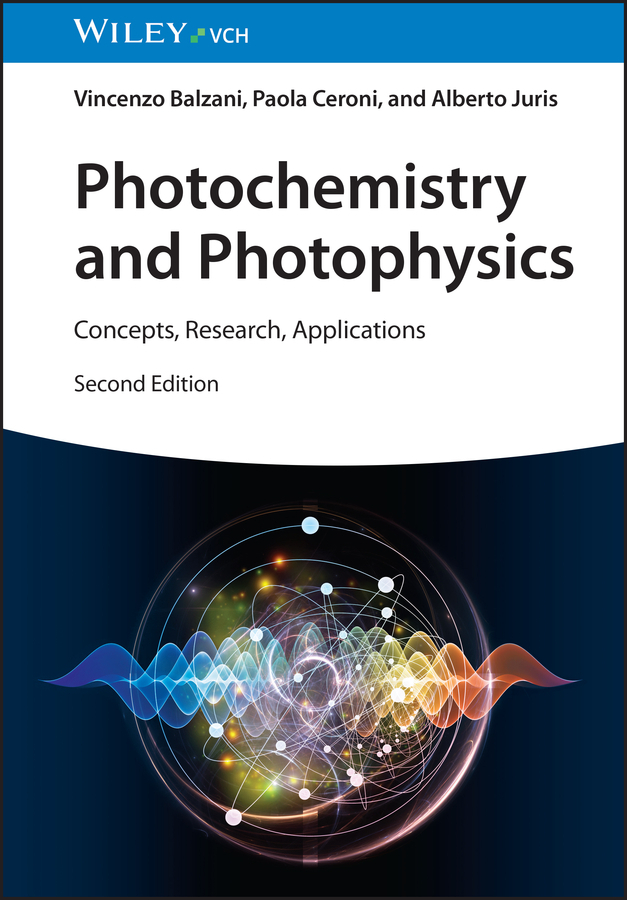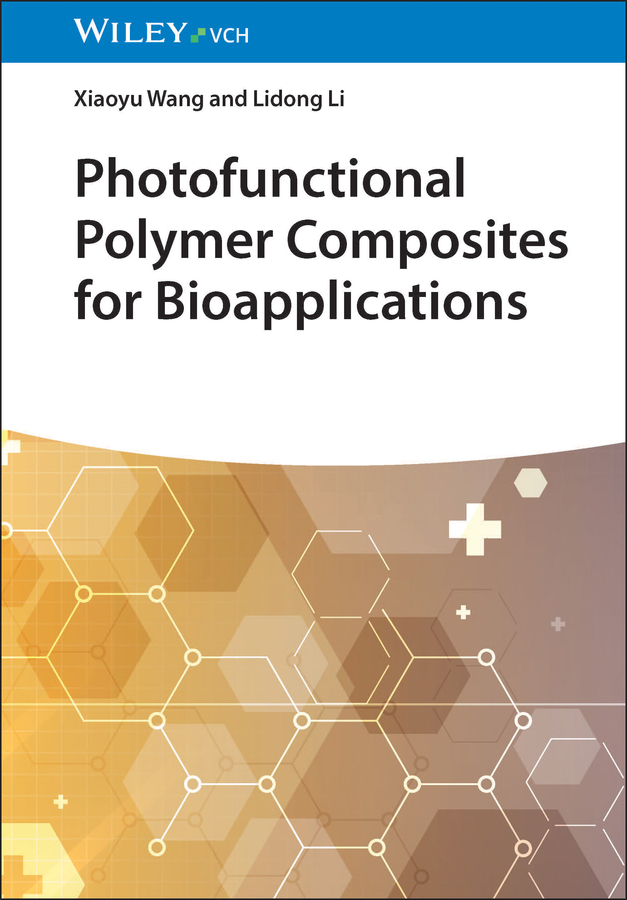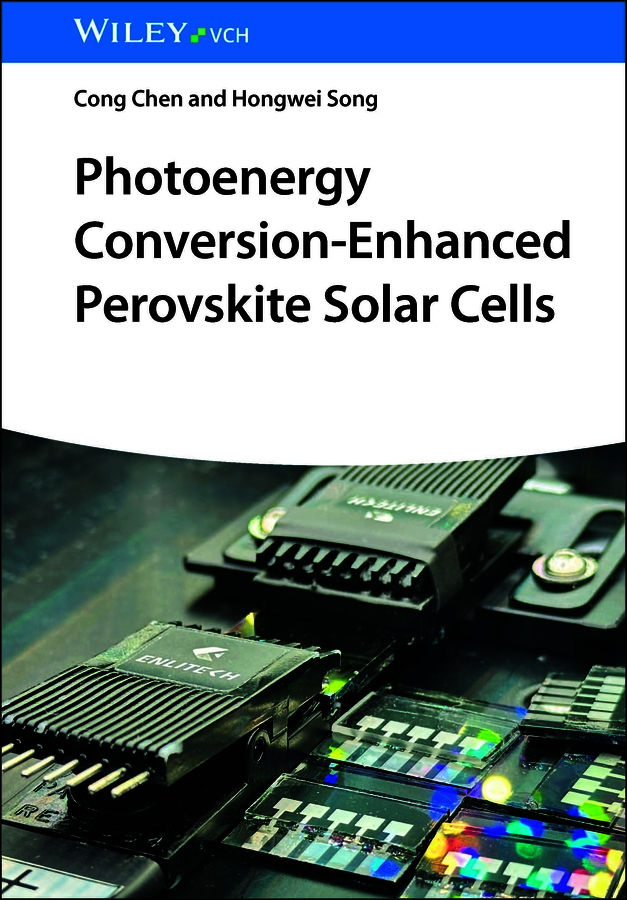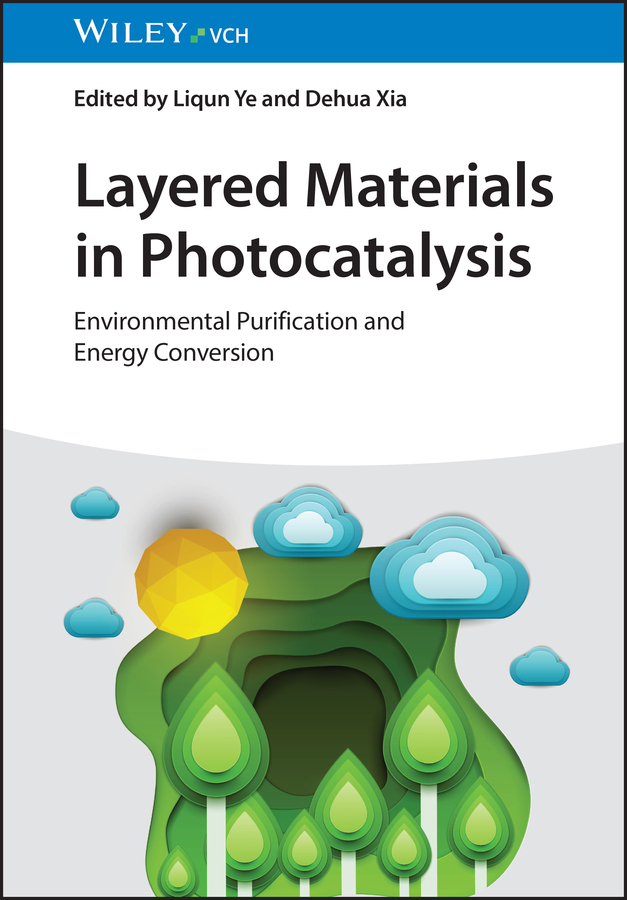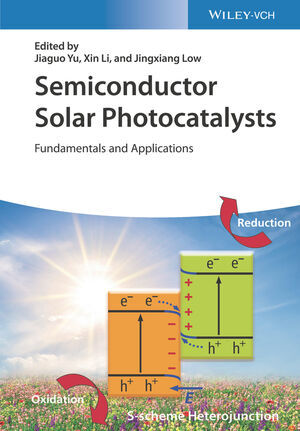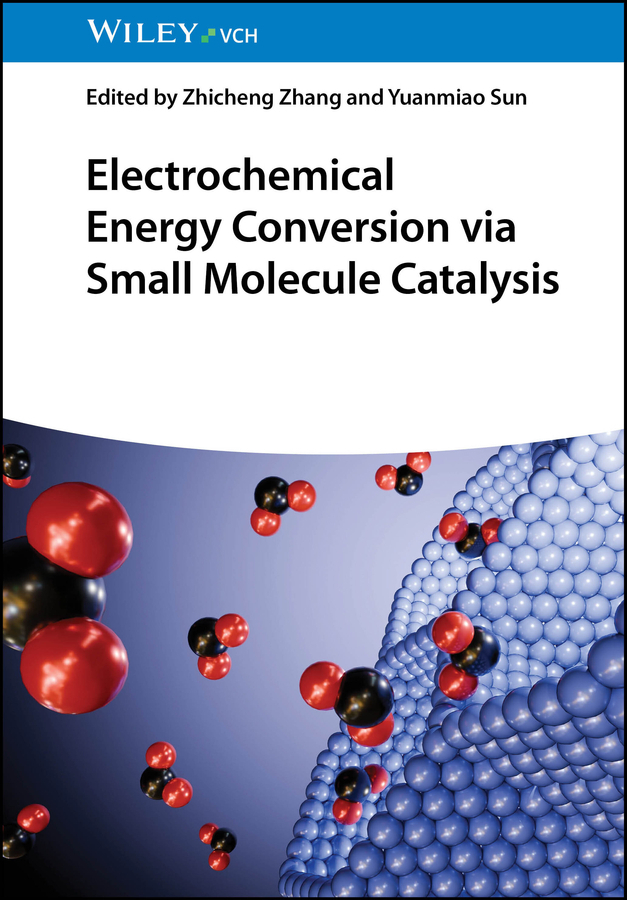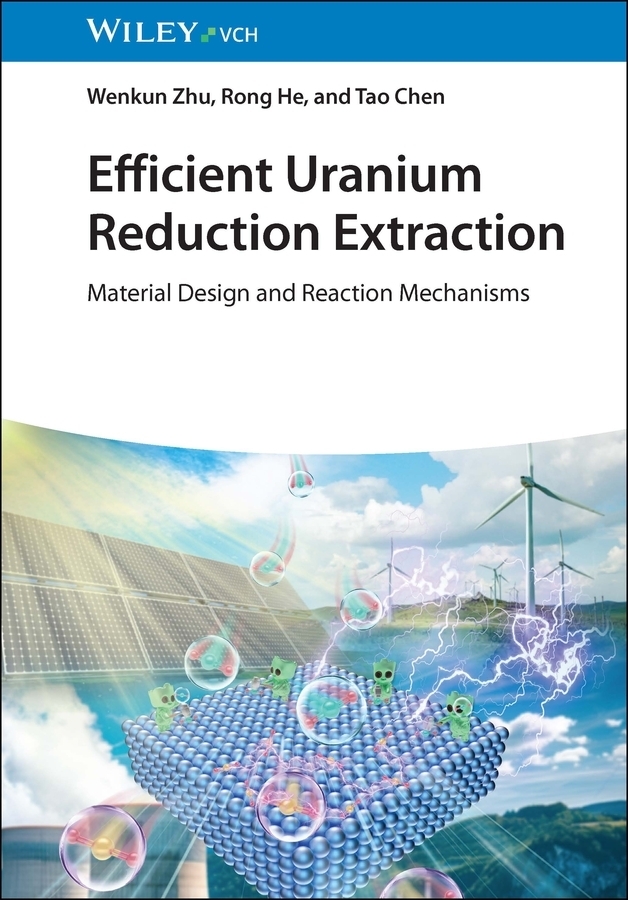Photochemistry and Photophysics
Concepts, Research, Applications
Written by an excellent author team combining scientific experience with didactical writing skills, this much-needed textbook covers the spectrum from basic concepts of photochemistry and photophysics to selected examples of current applications and research.
INTRODUCTION
INTRODUCTION
Photochemistry and Photophysics in Science and Technology
Historical Notes
A New Dimension of Chemistry and Physics
The Nature of Light
Absorption of Light
Quantum Yield, Efficiencies, and Excited-State Reactivity
ELEMENTARY MOLECULAR ORBITAL THEORY
Introduction
The Hydrogen Atom
Polyelectronic Atoms
From Atoms to Molecules
Electronic Structure of Homonuclear Diatomic Molecules
Electronic Structure of Heteronuclear Diatomic Molecules
Simple Polyatomic Molecules and Elements of Group Theory
Typical Organic Molecules
Transition Metal Complexes
LIGHT ABSORPTION AND EXCITED-STATE DEACTIVATION
Light Absorption
Jablonski Diagram
Excited-State Deactivation
Chemical Reactions
Kinetic Aspects
Solvent and Temperature Effects
Selected Molecules
Semiconductors
EXCITED STATES: PHYSICAL AND CHEMICAL PROPERTIES
Excited State as a New Molecule
Lifetime
Energy
Geometry
Dipole Moments
Electron Transfer
Proton Transfer
Excimers and Exciplexes
FROM MOLECULES TO SUPRAMOLECULAR SYSTEMS
Supramolecular (Multicomponent) Systems and Large Molecules
Electronic Interaction in Mixed-Valence Compounds
Electronic Interaction in Donor-Acceptor Complexes
Electronic Stimulation and Electronic Interaction in the Excited State
Formation of Excimers and Exciplexes in Supramolecular Systems
QUENCHING AND SENSITIZATION PROCESSES IN MOLECULAR AND SUPRAMOLECULAR SPECIES
Introduction
Bimolecular Quenching
Quenching and Sensitization Processes in Supramolecular Systems
Energy Transfer
Role of the Bridge
Catalyzed Deactivation
MOLECULAR ORGANIC PHOTOCHEMISTRY
Introduction
Alkenes and Related Compounds
Aromatic Compounds
Carbonyl Compounds
Photochemistry of Other Organic Compounds
PHOTOCHEMISTRY AND PHOTOPHYSICS OF METAL COMPLEXES
Metal Complexes
Photophysical Properties
Photochemical Reactivity
Relationships between Electrochemistry and Photochemistry
Luminescent Metal Complexes
Photochemical Processes
INTERCONVERSION OF LIGHT AND CHEMICAL ENERGY BY BIMOLECULAR REDOX PROCESSES
Light as a Reactant
Light as a Product
Conversion of Light into Chemical Energy
Chemiluminescence
Electrochemiluminescence
Light Absorption Sensitizers
Light Emission Sensitizers
LIGHT-POWERED MOLECULAR DEVICES AND MACHINES
Molecules, Self-Organization, and Covalent Synthetic Design
Light Inputs and Outputs: Reading, Writing, and Erasing
Molecular Devices for Information Processing
Molecular Devices Based on Energy Transfer
Molecular Devices Based on Electron Transfer
Light-Powered Molecular Machines
NATURAL AND ARTIFICIAL PHOTOSYNTHESIS
Energy for Spaceship Earth
Natural Photosynthesis
Artificial Photosynthesis
Water Splitting by Semiconductor Photocatalysis
EXPERIMENTAL TECHNIQUES
Apparatus
Steady-State Absorption and Emission Spectroscopy
Time-Resolved Absorption and Emission Spectroscopy
Absorption and Emission Measurements with Polarized Light
Reaction Quantum Yields and Actinometry
Other Techniques
LIGHT CONTROL OF BIOLOGICALLY RELEVANT PROCESSES
Introduction
Vision
Light, Skin, and Sunscreens
Photochemical Damage in Living Systems
Therapeutic Strategies Using Light
Photocatalysis in Environmental Protection
DNA Photocleavage and Charge Transport
Fluorescence
Bioluminescence
TECHNOLOGICAL APPLICATIONS OF PHOTOCHEMISTRY AND PHOTOPHYSICS
Introduction
Photochromism
Luminescent Sensors
Optical Brightening Agents
Atmospheric Photochemistry
Solar Cells
Electroluminescent Materials
Polymers and Light
Light for Chemical Synthesis
GREEN (PHOTO)CHEMISTRY
Definitions, Origins, and Motivations
Photochemistry for Green Chemical Sy
Balzani, Vincenzo
Ceroni, Paola
Juris, Alberto
| ISBN | 9783527352760 |
|---|---|
| Medientyp | Buch |
| Auflage | 2. Aufl. |
| Copyrightjahr | 2024 |
| Verlag | Wiley-VCH GmbH Boschstrasse 12|69469|Weinheim|DE |
| Umfang | 560 Seiten |
| Sprache | Englisch |

